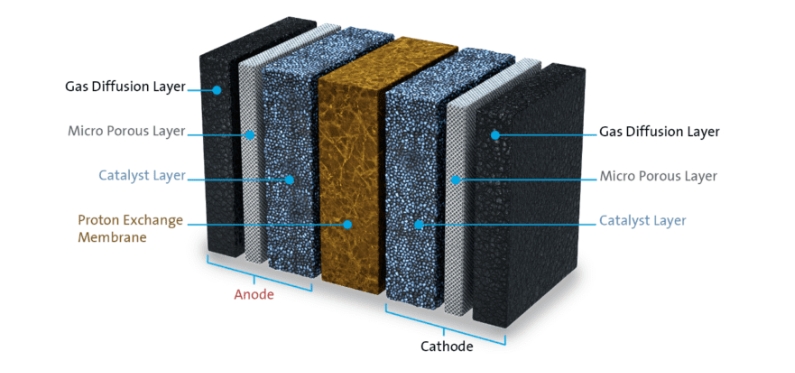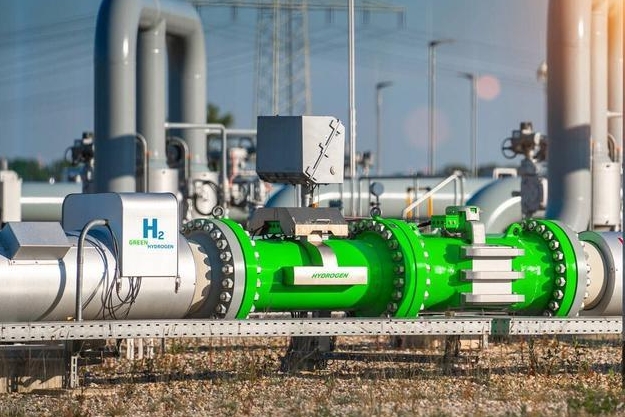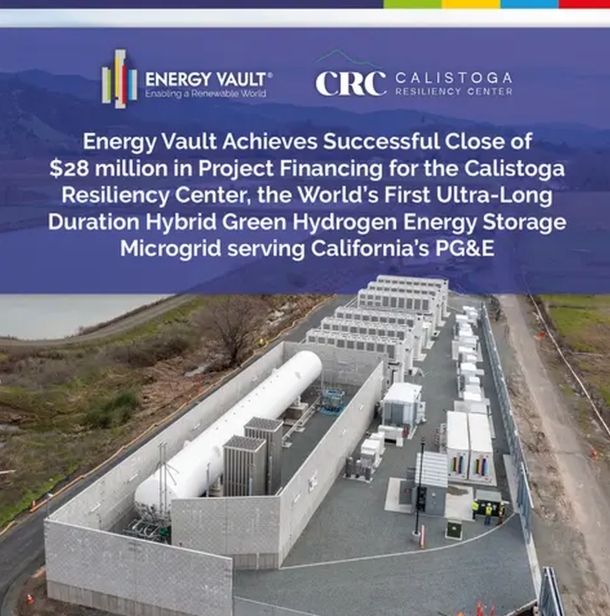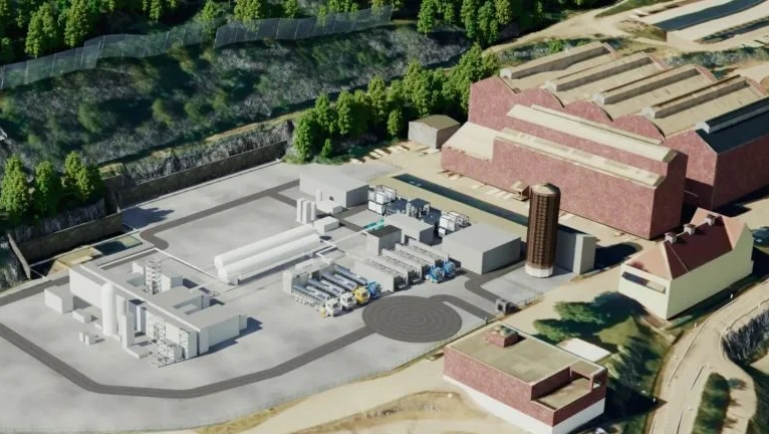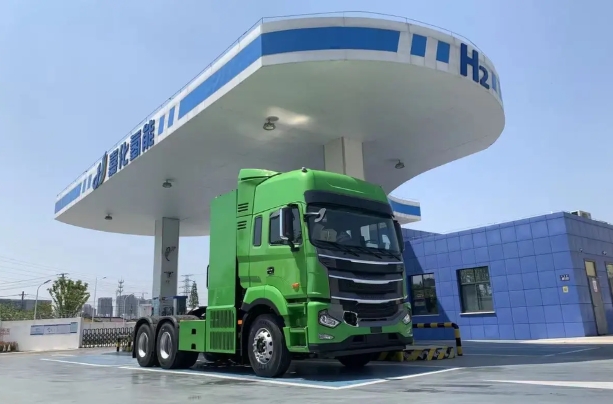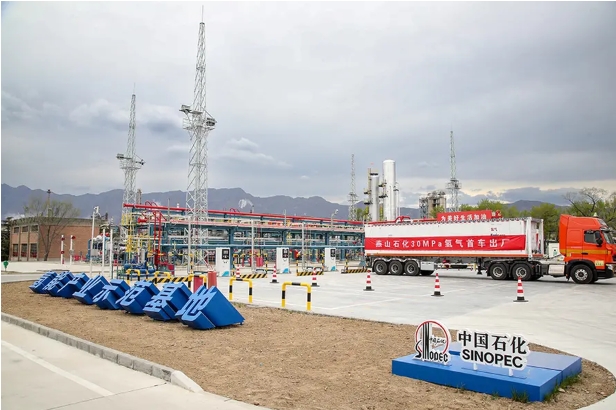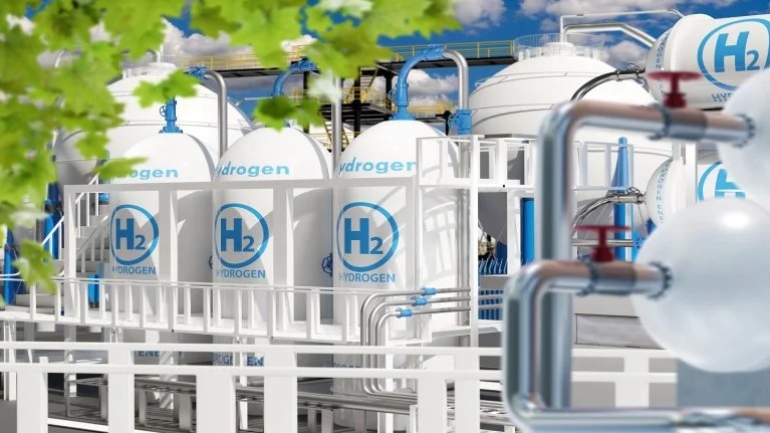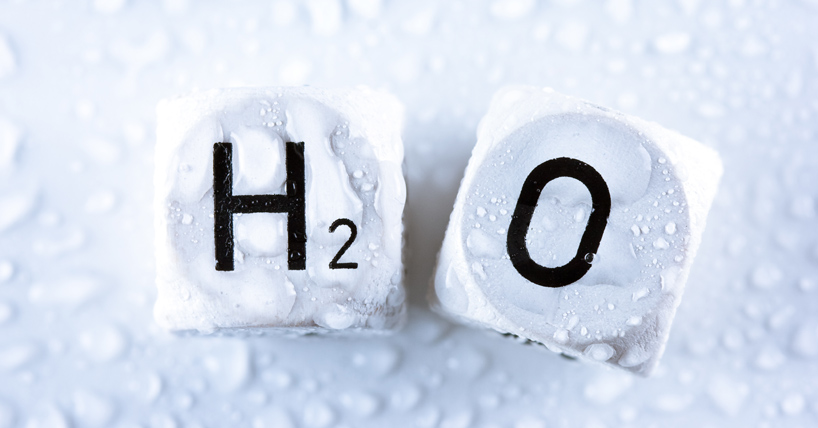
A breakthrough hydrogen storage method for early adoption of a hydrogen energy society was developed by researchers in Korea. GIST (President Kiseon Kim) School of Earth Sciences and Environmental Engineering Professor Youngjune Park and KAIST Professor Jae-woo Lee succeeded in developing hydrogen storage source technology using water and natural gas at a pressure of less than 90 atmospheres.
Hydrogen, which is used as fuel for hydrogen cars, is transferred from hydrogen production facilities and is first stored in hydrogen charging stations to be built around the city before being injected into hydrogen cars. At this time, because of hydrogen’s very low energy density per unit volume, it is generally compressed above hundreds of barometric pressures to increase energy density and stored in hydrogen charging stations.
Therefore, securing hydrogen storage technology to ensure stability by dramatically reducing the storage pressure while maintaining economical energy storage density has been considered a critical technical factor.
By using eco-friendly water, the joint research team created a source technology for drastically improving the storage density of hydrogen energy while reducing the storage pressure to within 90 barometers by forming a type of gas hydrate * and injecting hydrogen with natural gas (methane and ethane).
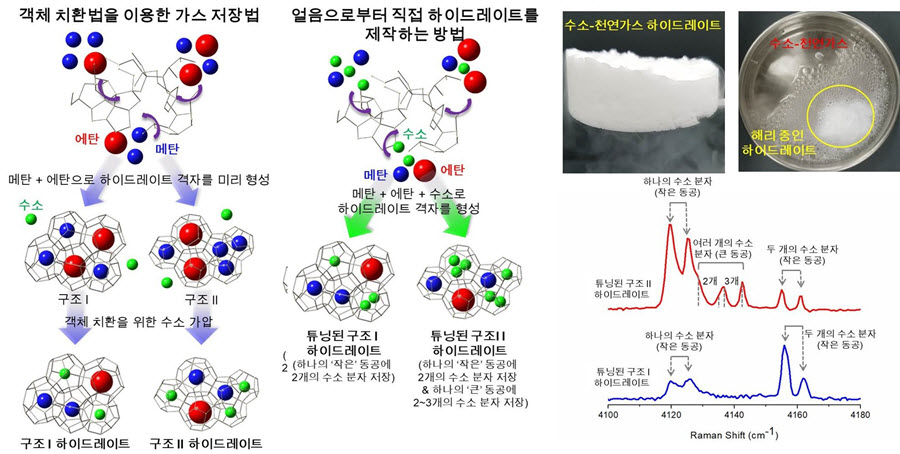
Gas hydrate: solid hydrate formed by water molecules under low- and high-pressure conditions
Although gas hydrate storage methods using only pure hydrogen required high pressure conditions, the researchers confirmed for the first time in the world that when natural gas is injected into a gas hydrate along with hydrogen, the natural gas acts as a thermodynamic formation facilitator, dramatically reducing the storage pressure to 90 atmospheres.
In addition, hydrogen byproduct gas, which currently accounts for most of the hydrogen production in Korea, is generated mainly in the oil refining, petrochemical and steel industries, and thus, it is expected that the cost of hydrogen transport can be drastically reduced if these hydrogen derivatives are transported and stored to hydrogen charging stations with hydrogen + natural gas hydrates through the natural gas grid.
GIST Professor Youngjune Park said, “If this original technology is utilized, it is expected that it will be of great help to establish national energy mix policy since hydrogen can be transported at low cost by utilizing existing natural gas piping network that is already well established in Korea, and hydrogen can be separated from the natural gas at hydrogen charging stations.”
KAIST Professor Jae-woo Lee said, “This study is expected to provide a hydrogen storage technology applicable to the upcoming hydrogen era by using gas hydrates with environmentally friendly features from water with a hydrogen-natural gas mixture storage medium in a low-pressure environment.”
This research was carried out with the support of the Ministry of Education and the Korean Research Foundation (SGER), and it was published on June 6, 2019, in Energy Storage Materials, one of the most prestigious journals for energy storage technology.
A breakthrough hydrogen storage method for early adoption of a hydrogen energy society was developed by researchers in Korea. GIST (President Kiseon Kim) School of Earth Sciences and Environmental Engineering Professor Youngjune Park and KAIST Professor Jae-woo Lee succeeded in developing hydrogen storage source technology using water and natural gas at a pressure of less than 90 atmospheres.
Hydrogen, which is used as fuel for hydrogen cars, is transferred from hydrogen production facilities and is first stored in hydrogen charging stations to be built around the city before being injected into hydrogen cars. At this time, because of hydrogen’s very low energy density per unit volume, it is generally compressed above hundreds of barometric pressures to increase energy density and stored in hydrogen charging stations.
Therefore, securing hydrogen storage technology to ensure stability by dramatically reducing the storage pressure while maintaining economical energy storage density has been considered a critical technical factor.
By using eco-friendly water, the joint research team created a source technology for drastically improving the storage density of hydrogen energy while reducing the storage pressure to within 90 barometers by forming a type of gas hydrate * and injecting hydrogen with natural gas (methane and ethane).
Gas hydrate: solid hydrate formed by water molecules under low- and high-pressure conditions
Although gas hydrate storage methods using only pure hydrogen required high pressure conditions, the researchers confirmed for the first time in the world that when natural gas is injected into a gas hydrate along with hydrogen, the natural gas acts as a thermodynamic formation facilitator, dramatically reducing the storage pressure to 90 atmospheres.
In addition, hydrogen byproduct gas, which currently accounts for most of the hydrogen production in Korea, is generated mainly in the oil refining, petrochemical and steel industries, and thus, it is expected that the cost of hydrogen transport can be drastically reduced if these hydrogen derivatives are transported and stored to hydrogen charging stations with hydrogen + natural gas hydrates through the natural gas grid.
GIST Professor Youngjune Park said, “If this original technology is utilized, it is expected that it will be of great help to establish national energy mix policy since hydrogen can be transported at low cost by utilizing existing natural gas piping network that is already well established in Korea, and hydrogen can be separated from the natural gas at hydrogen charging stations.”
KAIST Professor Jae-woo Lee said, “This study is expected to provide a hydrogen storage technology applicable to the upcoming hydrogen era by using gas hydrates with environmentally friendly features from water with a hydrogen-natural gas mixture storage medium in a low-pressure environment.”
This research was carried out with the support of the Ministry of Education and the Korean Research Foundation (SGER), and it was published on June 6, 2019, in Energy Storage Materials, one of the most prestigious journals for energy storage technology.
